Soil Composition and its Effects on Plants
Plant growth begins in the soil. In general fertile soil yields more and higher quality plants. In herbalism where the success of the medicine relies entirely on the medicinal compounds of the plant, a healthy plant makes for a healthy human! Just like soil quality affects how big the plant is, it also changes how many medicinal compounds are present. The best medicine comes from a thriving plant. It makes sense too! An unhappy and unhealthy plant can’t heal the way a thriving plant can.
So with all that in mind, what affects plant quality? It all begins with the soil! In this post I break down what makes up soil and how each phase present affects the plants that grow from it. I give helpful tips for the average gardener to use to improve the quality of their soil and produce the best plants possible!
The Phases and Properties of Soil
There are many ways to examine soil, but all soil consists of three main phases. Just like matter it has a solid phase (soil solids), a liquid phase (soil solution), and a gas phase (soil atmosphere). To better understand these phases and how they interact, scientists have defined certain soil properties that describe the quality and composition of the soil. These properties give clues to the soil composition and can be used by the average gardener to improve their soil quality!
The seven properties of soil
The seven properties of soil are as follows: texture, structure, density, porosity, consistency, temperature, and color. See the table below for a brief description of each property…
texture ratio of sand, silt, and clay
structure the soil’s composition and arrangement
density ratio of inorganic to organic matter
porosity amount of air trapped in the soil
consistence how easily the soil crumbles
temperature temperature of the overall soil environment
color mainly due to inorganic and organic content
The layers and components of soil.
When examining each phase you will see how soil composition directly affects these seven properties. The most prominent properties when it comes to plant growth are texture, density and porosity, so this is where we will focus in this post…
The three soil phases
Like I mentioned above, the soil solids, soil solution, and soil atmosphere (air pockets) make up every soil on Earth. But just like matter each phase consists of different components. For example soil solids are split into organic matter (humus), inorganic matter (mineral phase), and biotic matter (microbial life). We will spend much of this post deep diving into the soil solids as they greatly affect plant life. But first let me give you a basic rundown of the soil solution and atmosphere. These phases of the soil, while important, make up only a fraction of the soil environment compared to soil solids. Makes sense right? Soil is solid after all…
Soil solution: aqueous phase
Perpetually damp soil.
Although we think of soil being solid it actually does contain a liquid component! The water present in soil is known as the aqueous phase, or the soil solution. This phase consists of water and all compounds that are dissolved within it. We all know that water is essential for life in the soil, but the amount of water needed by plants varies greatly! Some plants need only a fraction of the amount that others require. Plants that prefer little water, like cacti, love well drained soils while others love damp soils and even need water to reproduce, like ferns!
Soil salinity
Not only is the amount of water in your soil important, but the content of that water affects plant growth as well! One important compound you find dissolved in the soil solution is salt. All plants, like humans, require a certain amount of salt to function, but too much can kill a plant just like a person! A term that soil scientists use to describe a soil’s salt content is salination. Soils with high salinity rarely support life. The salt content of a soil can increase when minerals are leached from rocks or when the coastline recedes. Other human derived sources include industrial or agricultural run-off. Although a natural component of the environment, monitoring your soil's salinity is important to maintaining healthy soil that can support plant life.
Soil atmosphere: soil air pockets
The soil atmosphere consists of the small air pockets, or soil pores, that exist between the other components of soil. This phase is vital for sustaining plant life because without these air pockets, plant roots could not travel through the soil! Just like the atmosphere above ground these air pockets consist mainly of nitrogen, oxygen and carbon dioxide. Plant roots need access to these gasses for respiration and without them they will die off. Due to the diverse array of processes that take place in the soil, the composition of the soil atmosphere is constantly changing.
Soil porosity
Soil porosity is one of the seven properties of soil that is determined by the soil atmosphere. It is essentially the amount of air that is within the soil in air pockets. The size of these air pockets, or pores, and the amount present depends on the composition of the soil. Certain solids, like clay, can greatly affect the porosity of a soil. Clays in particular have very small pores and therefore increasing the amount of clay in a soil can increase the amount of small air pockets. This directly translates to the soil being able to retain more water. Just like you would think, these air pockets are able to fill with water if the conditions arise…
Now we’ve talked a bit about clay, I think it's time to introduce you to soil solids in more detail!
Inorganic Soil Solids: the mineral phase
Inorganic soil solids are one of the two major components of the soil phase of soil. The other being organic matter. The inorganic matter in soil gives it its structure, forming the foundation of the soil environment…
What is present in this phase?
The mineral phase, just like it sounds, contains all of the minerals of the soil! Not only minerals but all inorganic matter too, like rocks, clay, sand, and silt. This phase is responsible for creating the skeleton of soil. This is where another soil property comes into play, texture, as it is due directly to the inorganic content.
How mineral composition affects texture…
Soil texture, another of the seven properties, translates to the ratio of sand, silt, and clay in the soil. These three components drastically change how soil feels and how it supports plant life!
Sand
Sand, as you may be able to guess, does not provide much structure to the soil. Thick how compressing sand in your hand, as soon as you open your fist the sand slips between your fingers. In soil it has a similar function. It displaces more dense solids allowing for maximum drainage. Because it is so good at drainage it does not retain much water, meaning that it has a low water holding capacity. Sand is a perfect addition to soil that is retaining too much water!
Soil with a high clay content.
Silt
Silt consists of particles of rocks and minerals that are created by erosion over time. Compared to sand it has a smaller particle size making it appear finer and more tightly compacted than sand. Due to its smaller composition it is easily compatible but still well draining like sand. Just like sand though it does not provide much structural support to the soil.
Clay
Clay is kind of the opposite of sand and silt. While the other two are well drained and provide minimal structure, clay has a high water retention rate and provides structure to the soil. It also allows for more small air pockets throughout the soil, as we touched on earlier.
How do minerals affect plant growth?
Minerals and inorganic matter in general forms the backbone of our soils. They bulk up the soil and by adjusting the ratio of sand, silt , and clay you can tweak the water retention of soils in your garden! This ratio also affects how well plants are able to grow in the soil.
How to increase the mineral phase in your garden…
Increase this phase in the garden by adding more of either sand, silt, or clay. Choosing which element to enhance depends entirely on what your soil is lacking. If you have soil that is draining too fast and you need more water retention, adding clay will help! But adding too much will make it hard for your plant's roots to thrive. In the case that you did add to much inorganic matter, fear not! Keep on reading to learn how to decrease the mineral phase in your garden…
How to decrease the mineral phase in your garden…
Decreasing the inorganic matter in a soil is as simple as adding other things to the soil! If you're trying to decrease this phase, add more of the organic phase! It really is as straightforward as that! In the next section I break down what exactly the organic phase consists of so keep on reading.
Organic Soil Solids: Humus
This is the other major component of soil. Organic matter is also known as humus. This is where all the nutrients enter the soil environment. As organic matter decays all of these nutrients are released into the soil creating a nutrient dense environment for plants to thrive!
Humus, and the decomposing plant matter it comes from.
What is present in this phase?
Where the inorganic phase contains all the rocks, clay and sand, the organic phase contains all the dead plant matter that collects on the ground over time. As this dead plant matter decomposes it is broken down into the rich, black humus that brings fertility to the soil. Without organic matter plants cannot grow as they need the nutrients it provides. These nutrients are absorbed by plant roots and utilized in many different ways.
Soil density: ratio of inorganic to organic matter
Another very important soil property to consider is the soil density. Simply put this is the ratio of inorganic matter to organic matter in the soil. Because humus is decaying plant matter it tends to be less dense than inorganic matter. Therefore soils with a high organic content have a low density.
How does organic matter affect plant growth?
We all know that plants use sunlight for energy but that's not all they require to grow. Just like us humans, plants require nutrients in addition to the carbohydrates and sugars they gain from photosynthesis. These nutrients can be subdivided into two major categories: macronutrients (N, K, Ca, Mg, P, and S,) and micronutrients (Cl, Fe, B, Mn, Zn, Cu, Mo, and Ni). While inorganic matter provides plants with the micronutrients they need to survive, organic matter provides the macronutrients.
Compost in the garden increase humus and microbes.
How to increase humus in your garden…
Nutrients exist in the soil in varying levels, constantly being taken and replenished by plants. When a soil becomes nutrient depleted it is no longer able to support plant life. In order to avoid this in the garden, supplement your soil with dead plant matter such as dead leaves or compost. As this new addition is broken down the nutrients within the decaying plant matter are released into the soil and are ready to be recycled by the next plant.
How to decrease humus in your garden…
It might seem like you could never have too much organic matter in your soil, but it is possible to have too much of a good thing. Humus has the tendency to retain water so too much humus may lead to perpetually damp soil. This can cause root rot, a gardener's worst nightmare! So make sure you monitor your soil's water retention and adjust as needed. To decrease the organic phase simply add more inorganic matter! It really is that easy…
Mushrooms are a major part of the soil microbiome.
Biotic life: how microbes affect plants…
The last soil solid is biotic life and it is major when it comes to soil health. The life that thrives within the soil include bacteria and fungi! Just like the human gut, microbes in the soil directly contribute to soil health. The relationship between microbes and plants is still not fully understood, but one thing is clear… plants growing in soil with a rich microbiome are able to grow better and absorb more nutrients from the soil. When it comes to medicinal plants a healthy microbiome results in a more potent medicine.
How to increase the microbes in your garden…
The easiest way to increase your soil microbes is to add compost! Compost is, in essence, infused with healthy microbial life, including bacteria and fungi. By adding this to your garden you are essentially inoculating the soil! But what do these microbes do? One key action facilitated by microbes is the breakdown of organic matter. These tiny organisms assist in releasing the nutrients locked up in this decaying matter, making it available for plants to absorb. Without a healthy soil microbiome, plants struggle to thrive and their medicinal qualities decline as well.
It is so important that as herbalists we understand the connection between plants and the soil they grow in. The soil is a magnificent and complex creation. Whether you are a gardener, an herbalist, or just a regular human, your daily life is touched by soil without your notice. Slow down every once in a while to notice its intricate beauty. Thank you so much for reading this far! I appreciate each and every one of you…


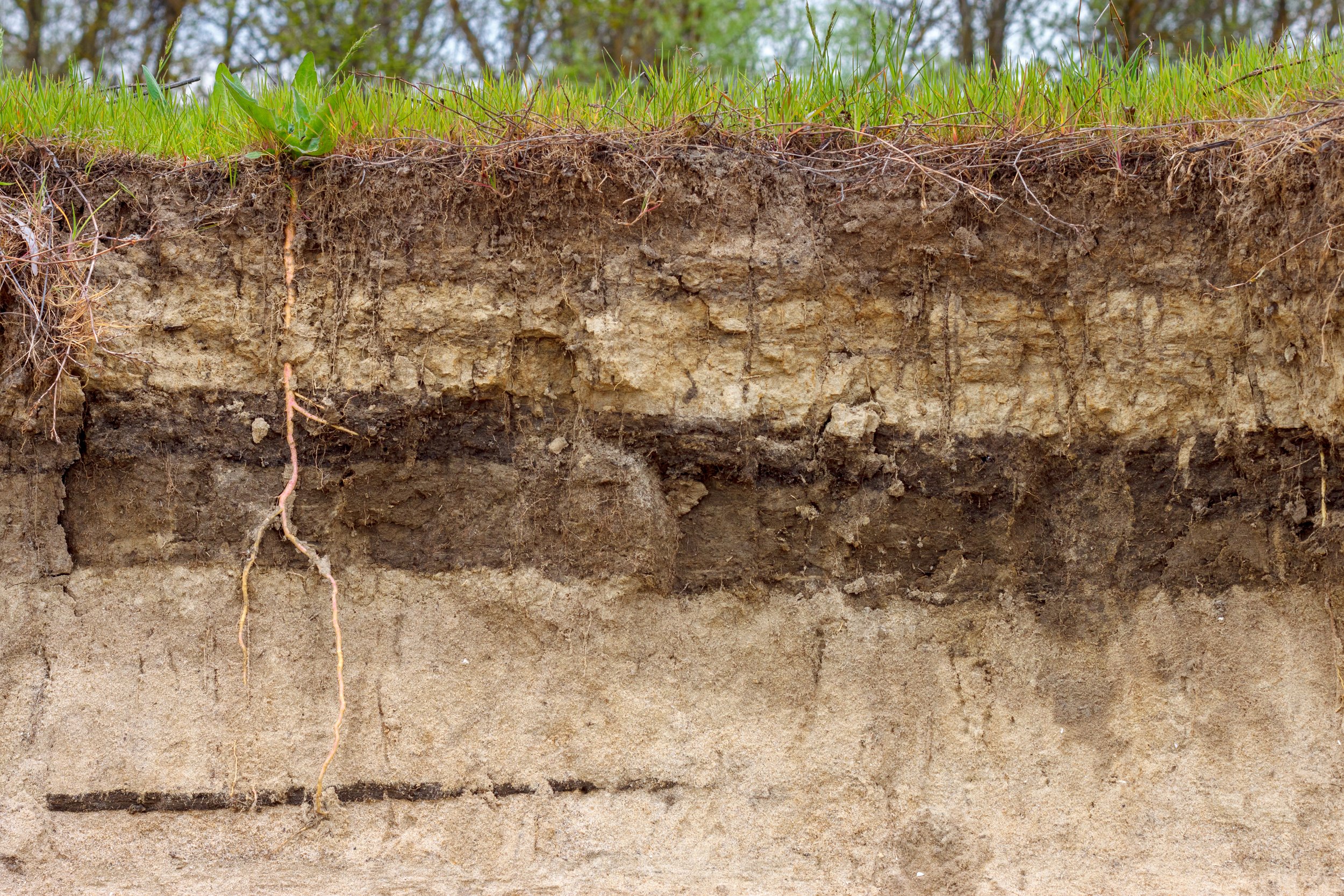

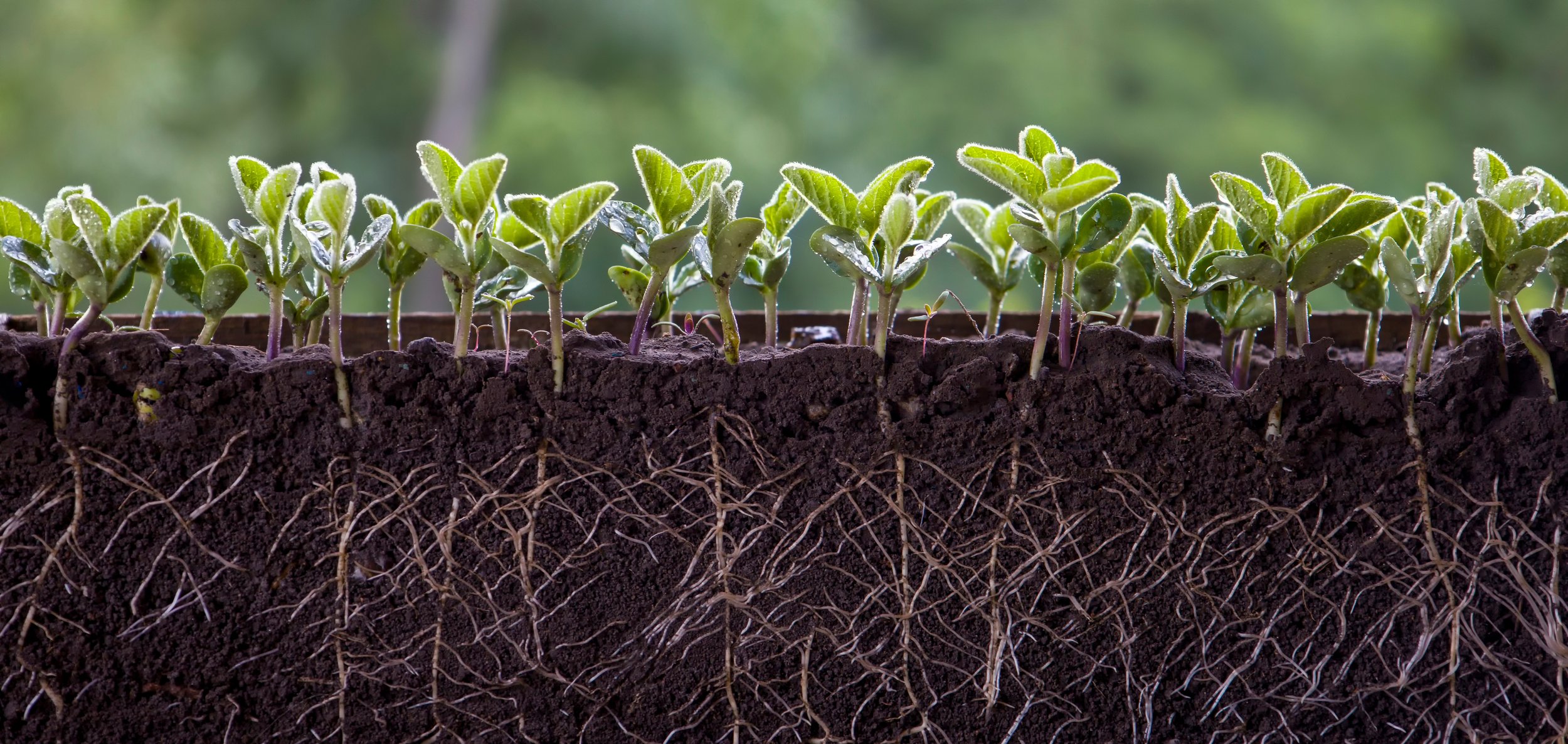
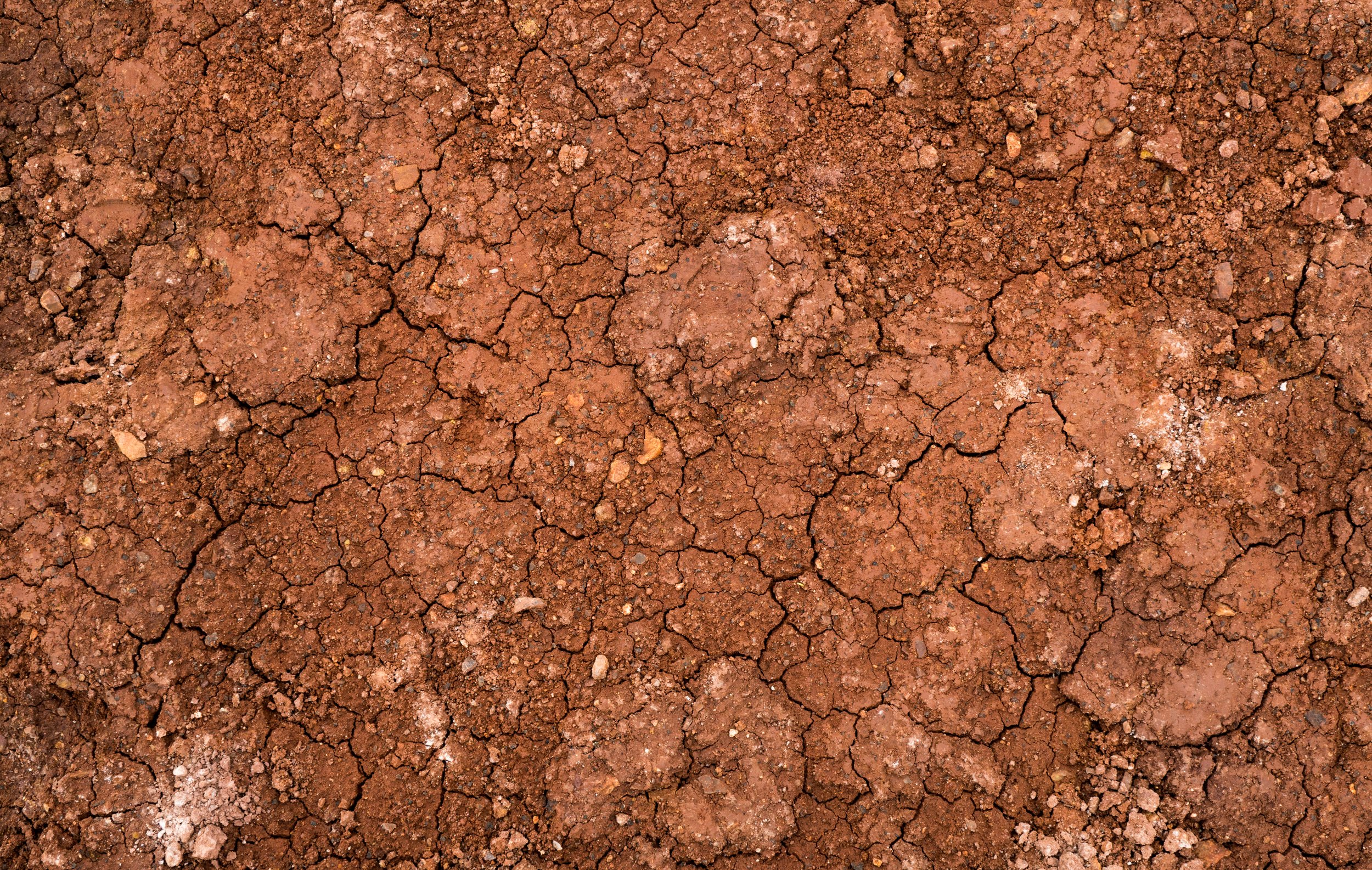
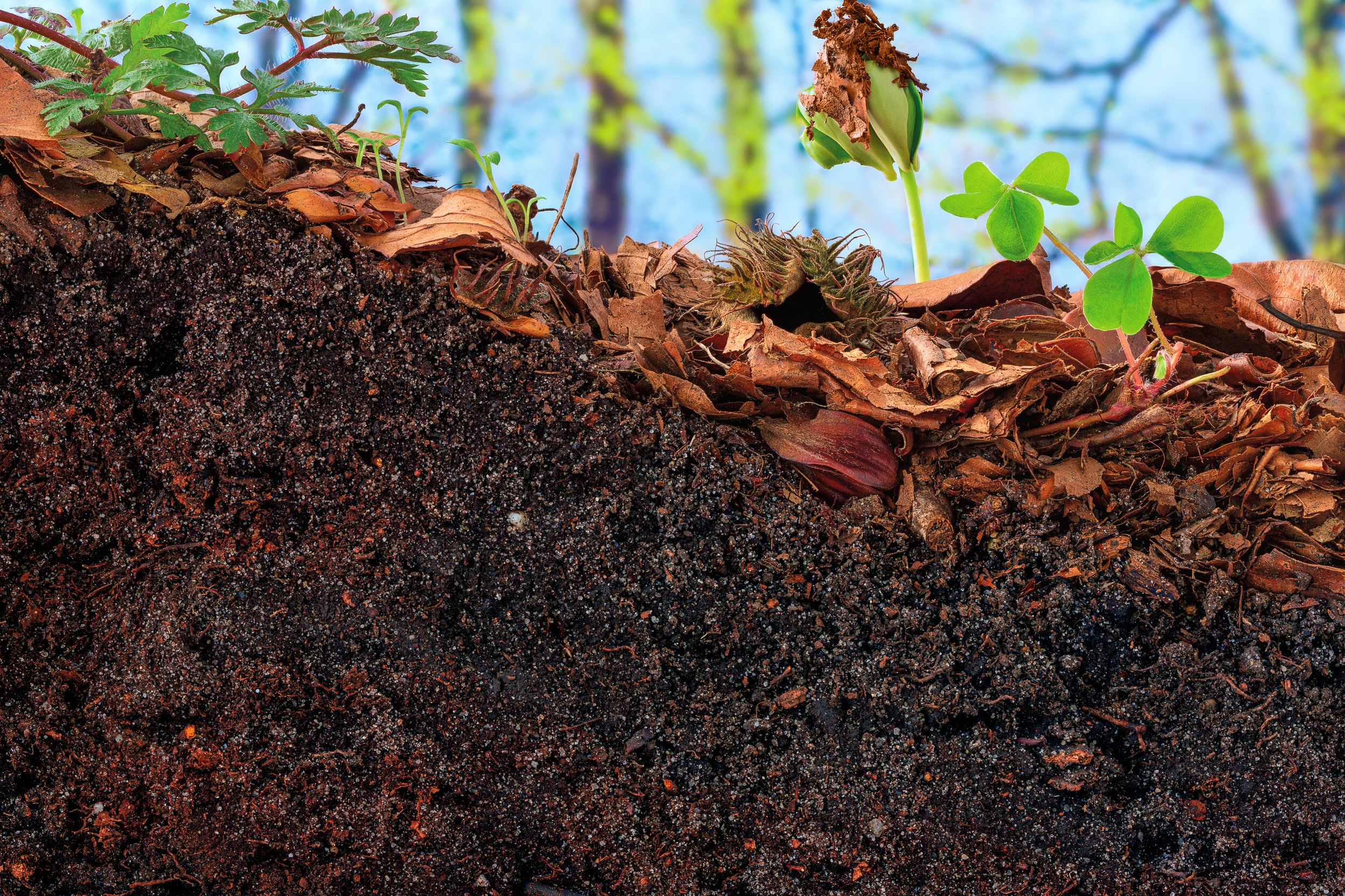








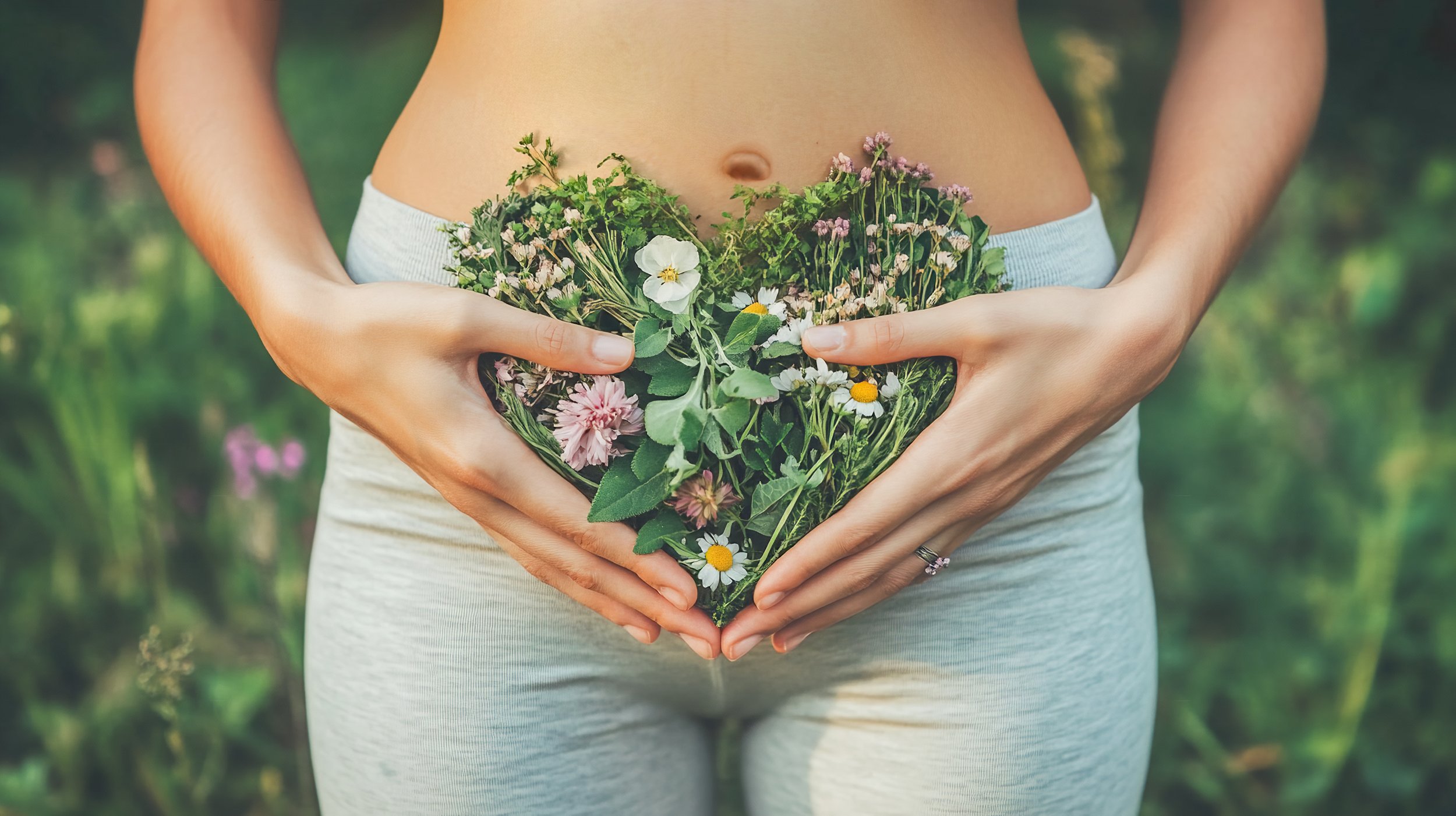
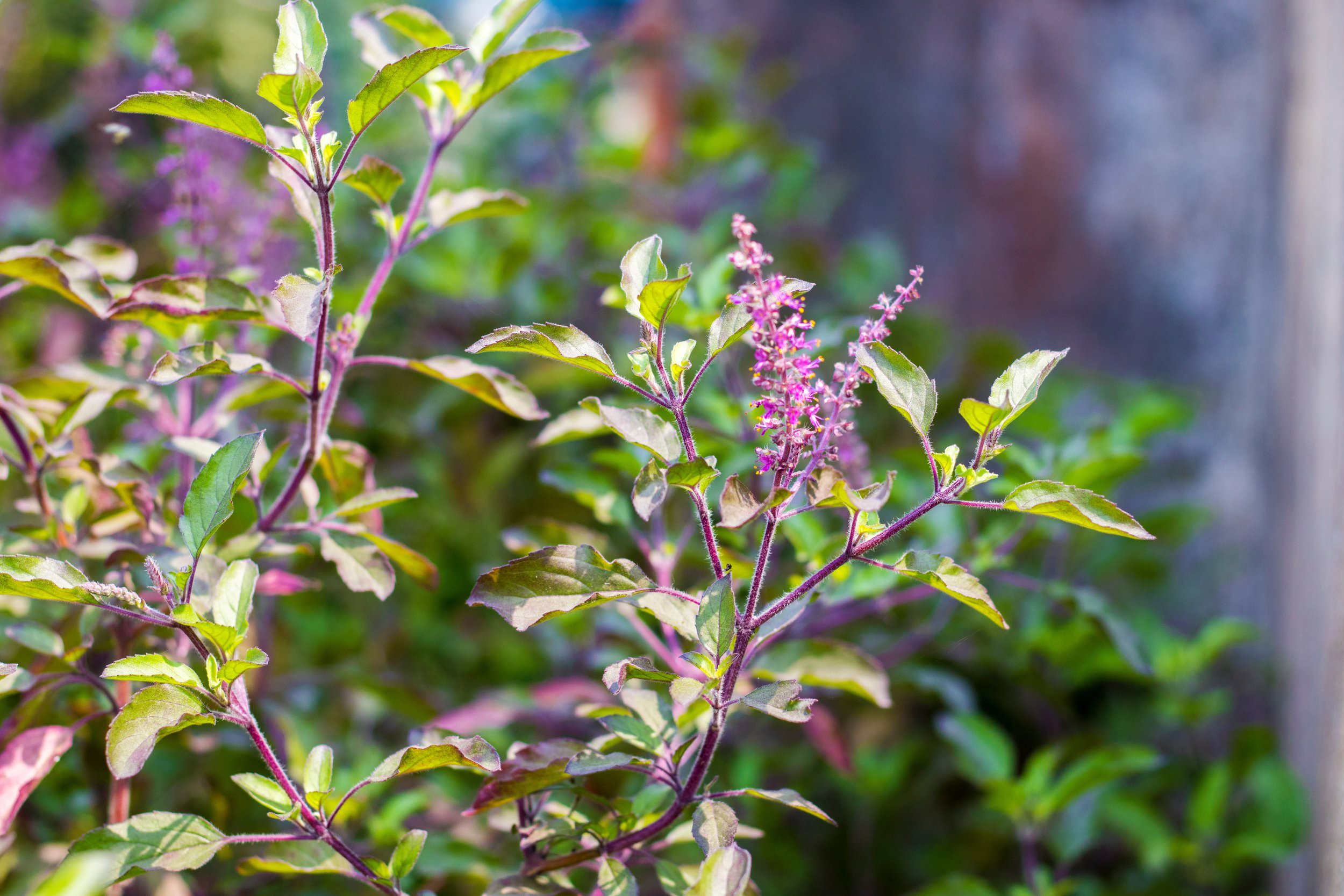

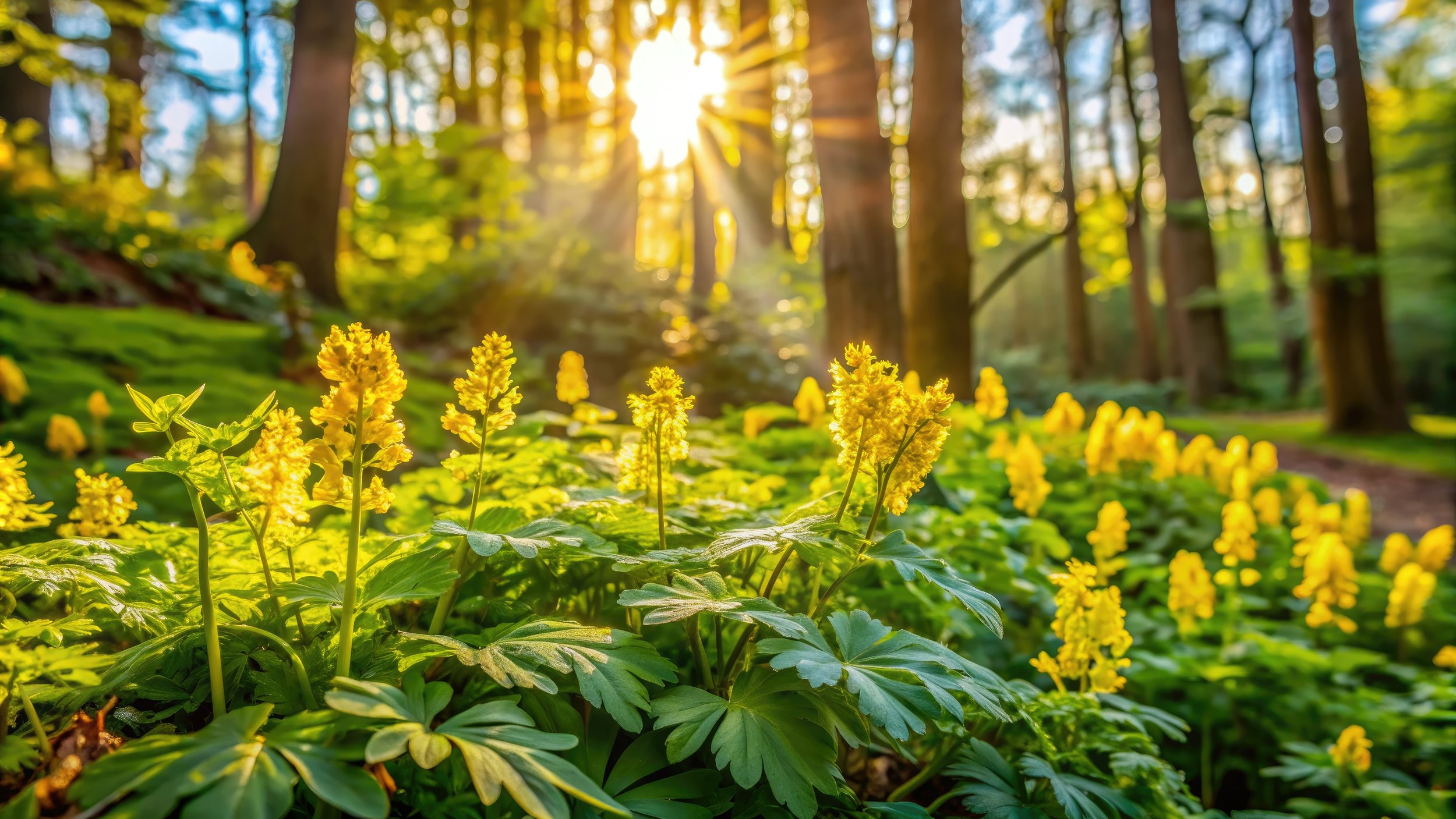


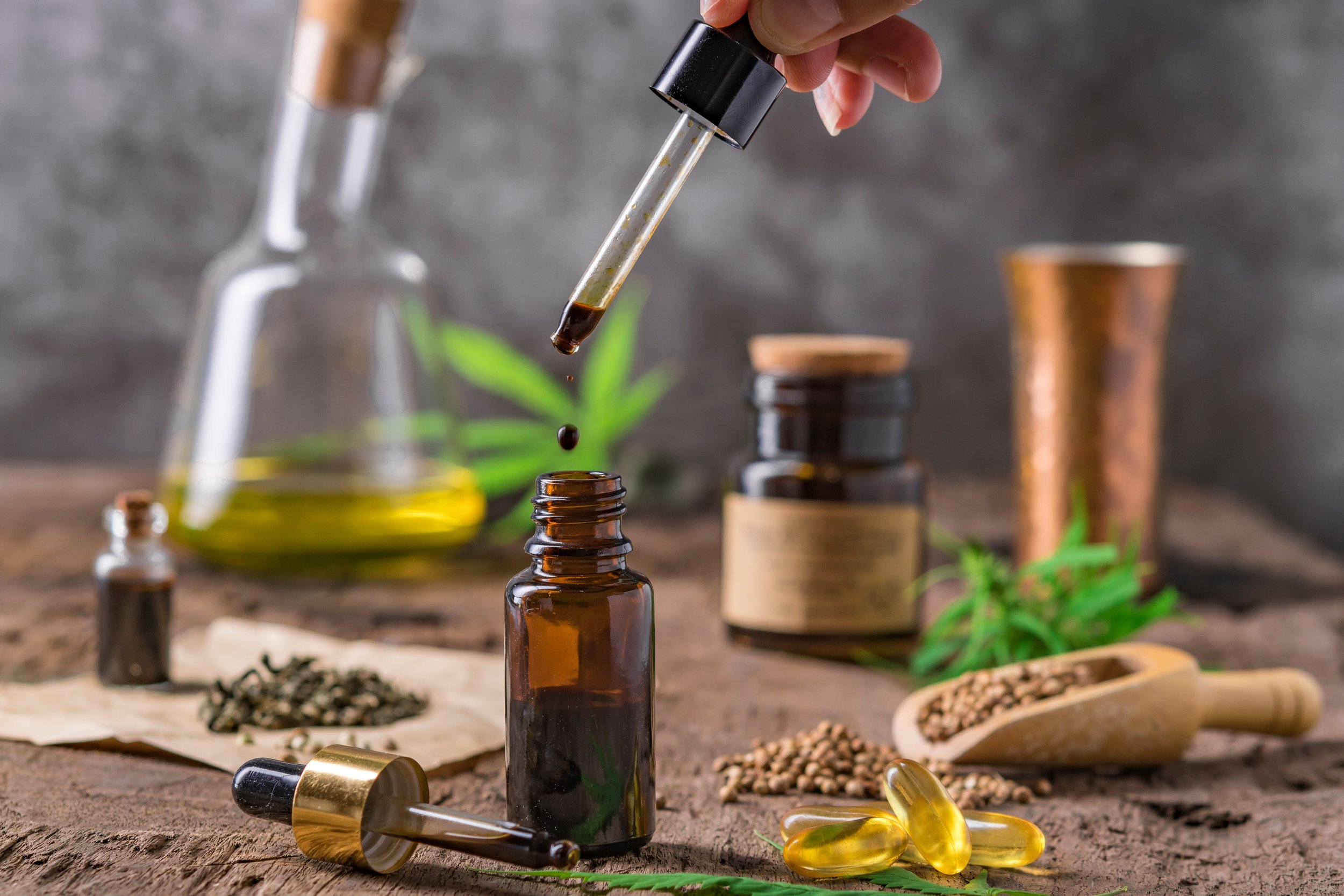

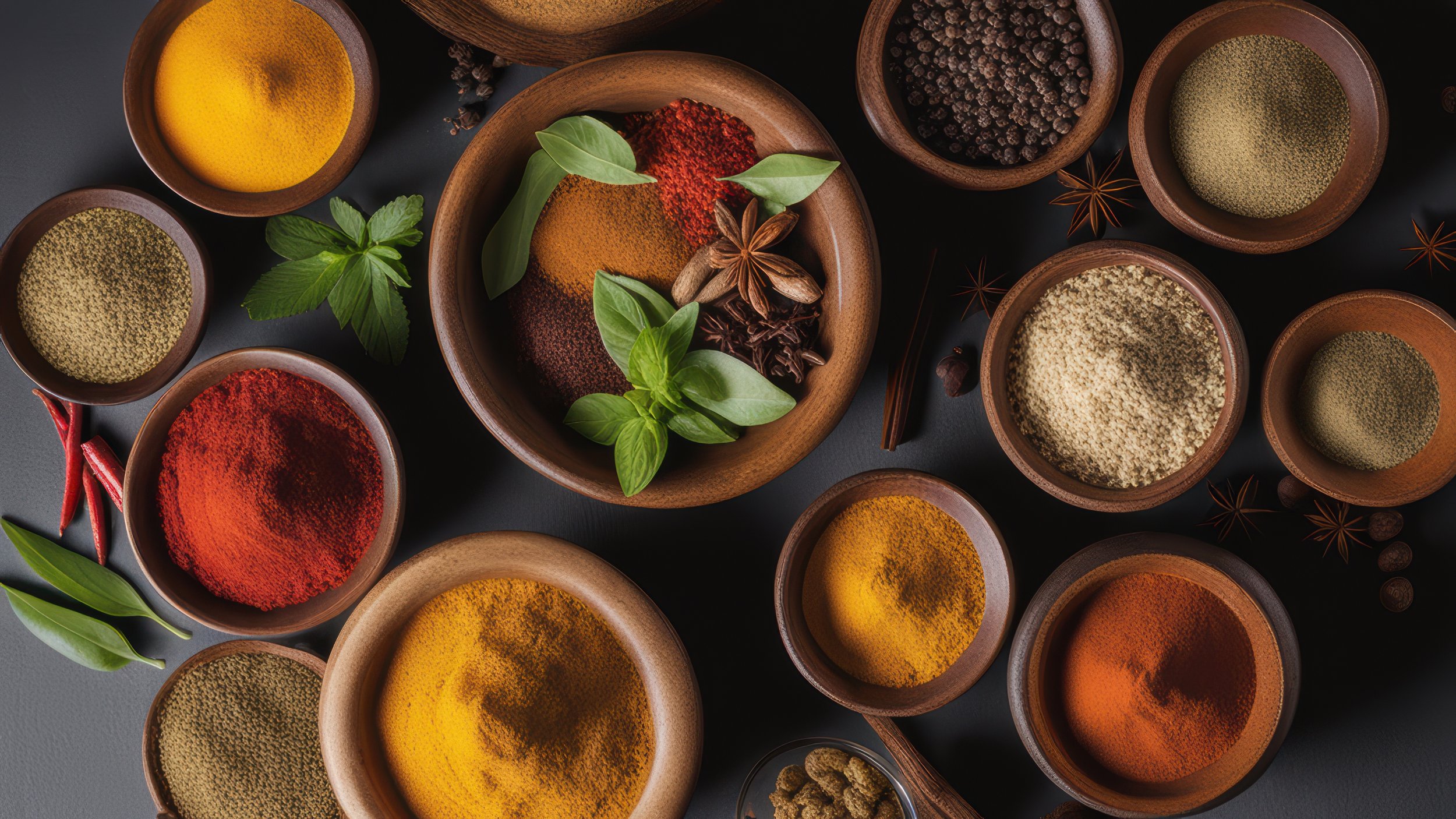

Hello and welcome! I'm Eve, a Chemist turned Herbalist, sharing the wonders of plant medicine and botanical skincare. Join me on this journey to Learn, Create, and Align your Divine!